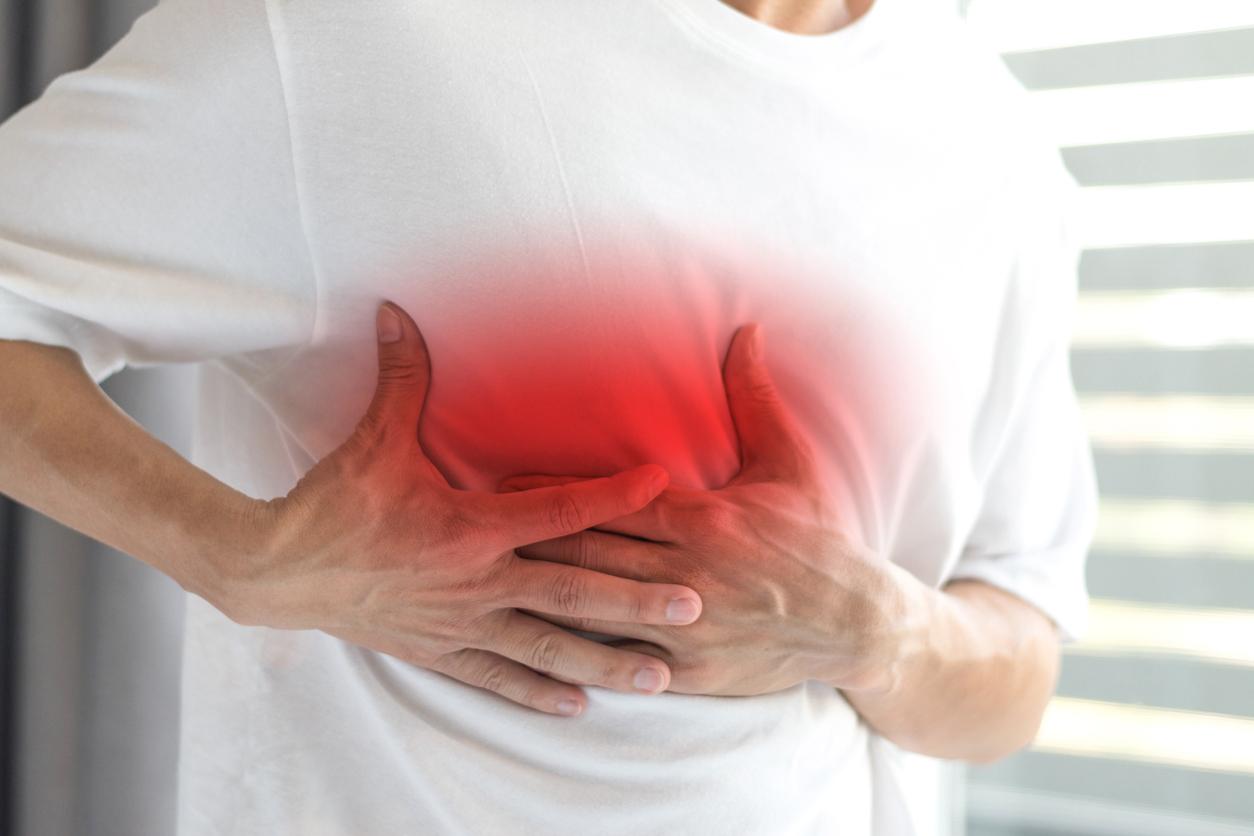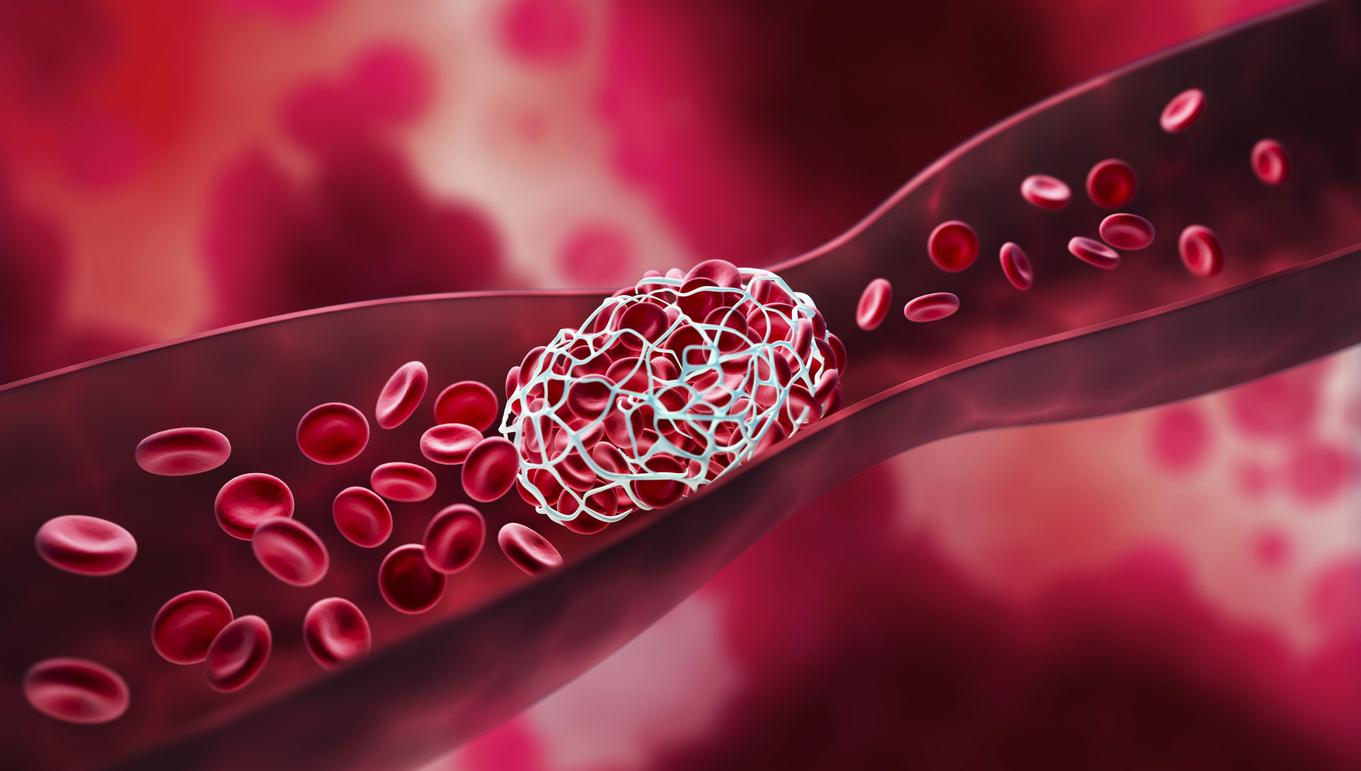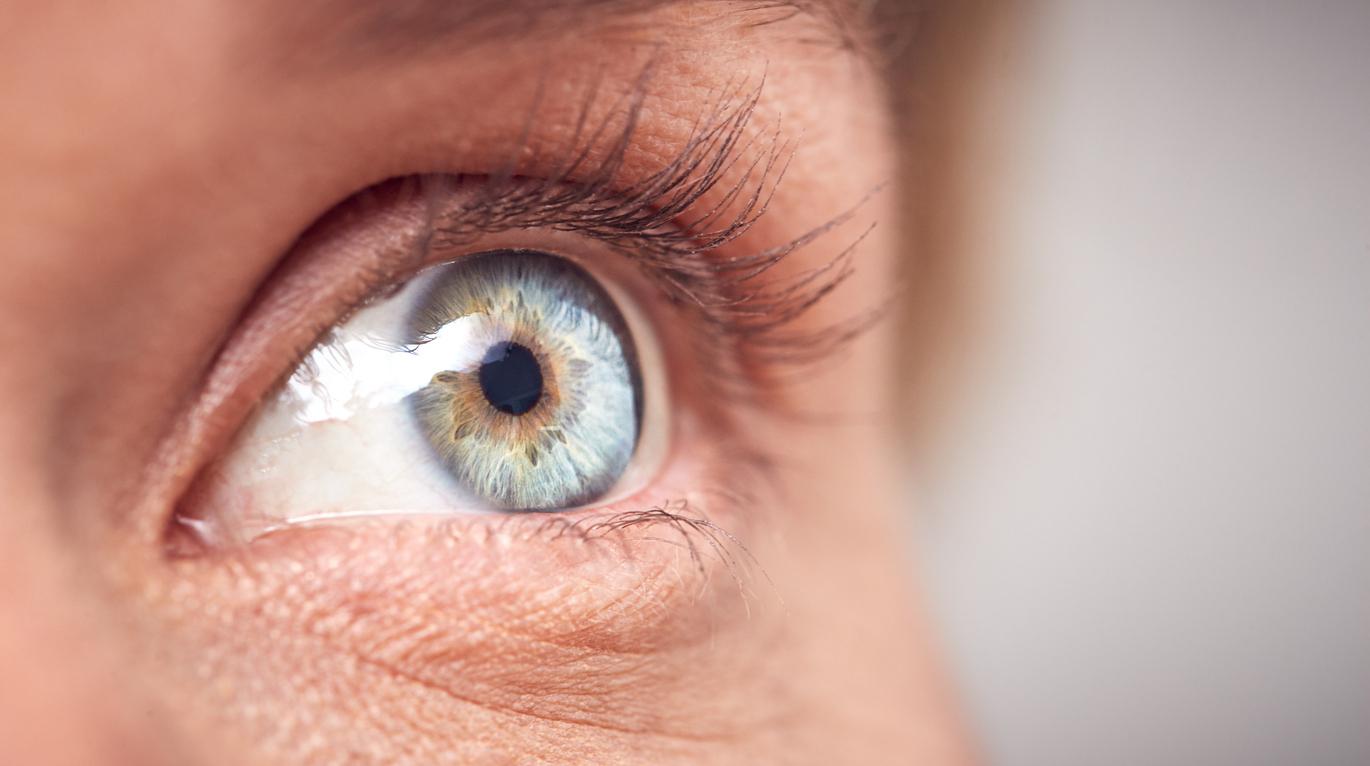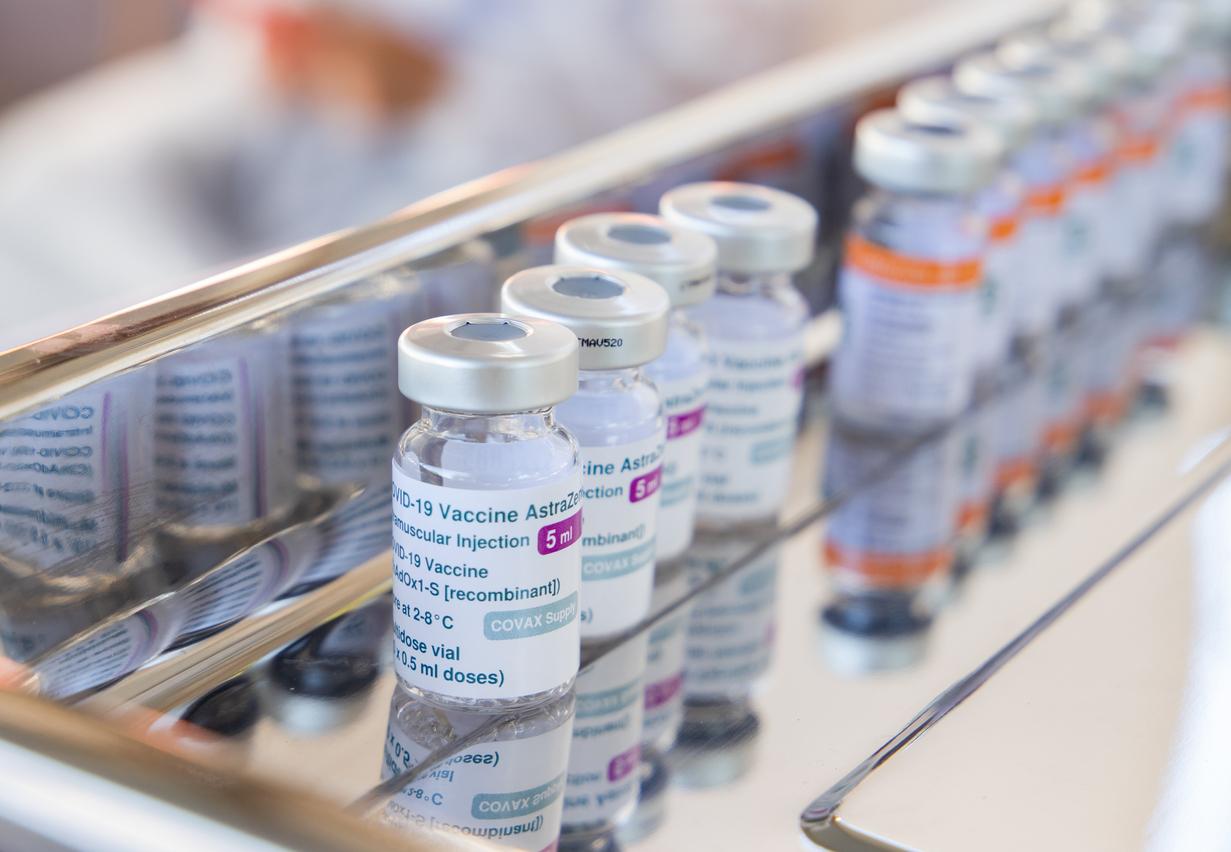Professor Francis Couturaud provides an update on venous thromboembolic disease (VTE).

- Venous thromboembolic disease (VTE) includes superficial or deep venous thromboses and pulmonary embolisms.
- It affects 50,000 to 150,000 French people and is responsible for 5,000 to 10,000 deaths each year.
- “We need to develop tools to accurately distinguish VTE patients who have a very high risk of recurrence and require continued treatment from those who do not have this risk,” explains Professor Francis. Couturaud, pulmonologist at Brest University Hospital.
Why doctor – what are your current duties?
Francis Couturaud – I am currently a pulmonologist at Brest University Hospital. I am also coordinator of the F-CRIN network “NNOVTE” and the MORPHEUS project.
What is venous thromboembolism disease (VTE)?
Venous thromboembolic disease (VTE) includes superficial or deep venous thromboses and pulmonary embolisms.
How many people do venous thromboembolic disease affect in France?
It affects 50,000 to 150,000 people and is responsible for 5,000 to 10,000 deaths each year. It constitutes a major public health issue given its frequency (annual incidence 1/1,000 inhabitants) and its severity (mortality of 10% at 3 months).
Are there European figures?
Yes, venous thromboembolic disease represents the third cause of cardiovascular mortality in Europe.
What are the causes of venous thromboembolism?
There are several risk factors such as cancer, taking a contraceptive pill, pregnancy, immobilization, surgery, hospitalization for COVID-19, heredity… But in more than half of cases, the VTE occurs in the absence of any detectable cause, i.e. without an identified triggering factor. We then speak of a “Unprovoked VTE”.
What is involved in having an unprovoked VTE?
Patients in this situation have a greater risk of recurrence than others (35% recurrence over 5 years of follow-up after the initial episode).
What are the treatments for unprovoked venous thromboembolism?
Treatments for unprovoked VTE are anticoagulants that thin the blood and are given for at least 3 to 6 months. These products are very effective in dissolving clots, but when they are continued over a long period of time, they can cause bleeding with a continually increasing risk (+2% per year).
More than ever, we therefore need to develop tools to accurately distinguish patients who have a very high risk of recurrence and require continued treatment from those who do not have this risk. This would avoid exposing individuals to a high risk of bleeding when they would not recur without treatment.
What is the purpose of the MORPHEUS project, which focuses on venous thromboembolic disease?
For the first time in the world, a large-scale study funded by the European Union will make it possible to develop a predictive tool intended to identify patients at risk of recurrence.
In the first phase of building the tool, the MORPHEUS project will include 20,000 patients for clinical data, 10,000 for biological data and 5,000 for imaging data. In the second phase of validation of the tool, a clinical trial will be carried out on 2,400 people from 40 European hospital centers.














